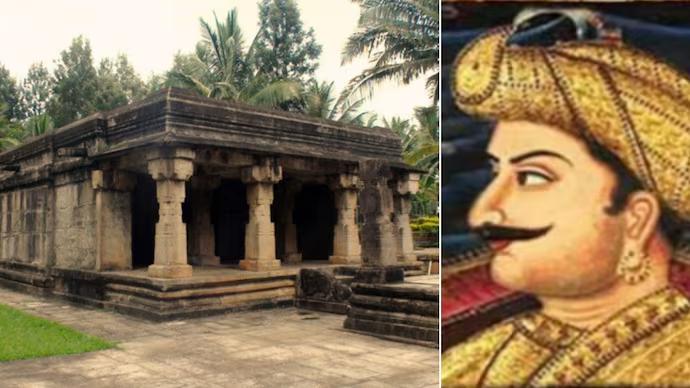Sulthan Bathery

- 11 Apr 2024
Why is it in the News?
BJP suggests renaming Sulthan Bathery to Ganapathivattam due to historical identity alteration by Tipu Sultan.
Where Does the Name Ganapathyvattam Come From?
- Sulthan Bathery, one of the three municipal towns in Wayanad has a stone temple that was once known as Ganapathyvattam.
- The temple, built in the prevalent architectural style of the Vijayanagar dynasty, was constructed by Jains who migrated to Wayanad from areas in present-day Tamil Nadu and Karnataka in the 13th century.
- The temple was partly destroyed during the invasions of Tipu Sultan, the ruler of Mysuru in the second half of the 18th century.
- Between 1750 and 1790, today’s northern Kerala was invaded several times by the rulers of Mysuru, Hyder Ali and his son Tipu.
- It remained abandoned for nearly 150 years.
- Later, it was taken over by the Archaeological Survey of India, which declared it as a monument of national importance.
- The town of Ganapathyvattam, on the route between Mysore and the ports of the Arabian Sea, also gained prominence as a trading center and a stopover.
The History of Sultan Bathery:
- The armies of Tipu destroyed temples and churches and forced many in the path of the invasion to flee to escape forced religious conversion.
- Tipu Sultan used the Maha Ganapathy temple in Sulthan Bathery as a battery or store for weapons for his army in the Malabar region (today’s North Kerala, including Wayanad).
- This led to the British recording Ganapathyvattam as “[Tipu] Sultan’s Battery”, and the name survived as Sulthan Bathery.
